- the post explains the implementation of a path tracer that enables the rendering of the Disney Moana island dataset on an RTX 2070
- provides an overview of the memory management strategies and scene splitting

- the Unity-based effect presents how to create a watercolor rendering style
- uses a combination of object shaders, decal effects, and fullscreen post-processing
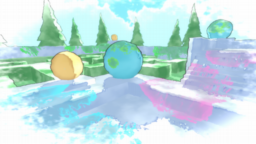
- the research presents a 2D fluid simulation in a 3D scene used to generate fire effects
- explains separable Poisson filters that are used to fluid simulations
- the demo video shows the technique interact within the 3D world to respond to wind, collision, and other forces
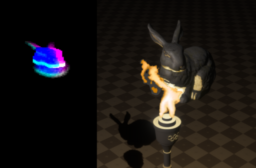
- the Unity tutorial provides a brief overview of the rendering pipeline
- provides an overview of vertex/geometry/pixel shaders
- presents how to use the geometry shader to generate normals using a cube to sphere morph as an example
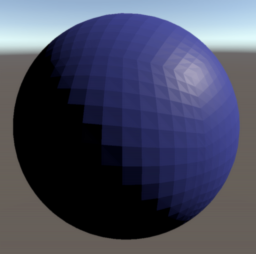
- the tutorial explains HSV color space and presents how to implement conversion
- an example implementation is accomplished using Unity shader graph
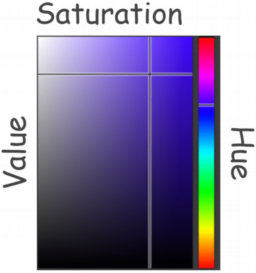
- the article presents how to implement the rendering of a soap bubble in Unity

- The video tutorial explains how vertex animations can be stored and played back from textures
- shows how to export animations from blender
- describes how to use the exported data inside of a Godot shader
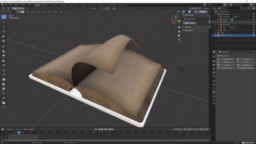
- the articles presents an overview of the GPU execution model, how divergent control flow is handled
- presents a statistical analysis of the relation of control flow and wave sizes
- derives three categories that conditions can be split into
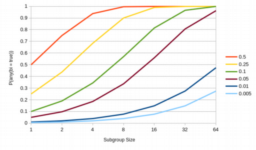
- the article explains the terms required to understand the initialization of a webGPU application
- shows how to call the API from Rust
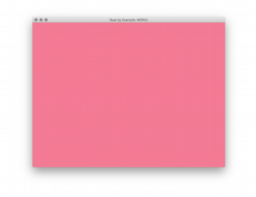
- the paper presents an evaluation of deterministic hash functions
- compares the performance and quality of several techniques
- presents how to extend the dimensionality of hashing functions
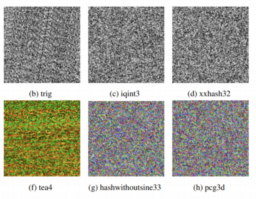
Thanks to Lesley Lai for support of this series.
Would you like to see your name here too? Become a Patreon of this series.